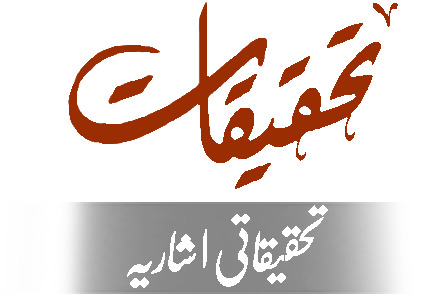مقالے کی معلومات
جلد
شمارہ
مقالے کی قسم
زبان
تاریخِ موصولہ
تاریخِ قبولیت
تلخیص
Objective: To determine the age distribution, gender and pattern of
various heart diseases either congenital or acquired in pediatric
patients aged 16 year or less in our local setup.
Patients and Methods: For this observational study, data of 6320
patients of heart disease either congenital or acquired presenting for
the first time to Cardiology Department, Children’s Hospital, Lahore
between 01-01-2012 to 31-12-14 were reviewed for whom diagnosis
confirmed on detailed echocardiography done by a consultant.
Demographical profile, gender predisposition and various types of heart
defects were analyzed.
Results: Among enrolled children (M: F 3:1) with age ranging from
07days to 16 year (Median 26 month). Five thousand two hundred thirty
nine (82.9%) had congenital heart defect (mainly acynotic 76.5%) and
564 (8.9%) had acquired heart defects and 517 (8.2%) having normal
study and these were excluded from the study. Among acyanotic heart
defects Ventricular septal defect (VSD) was the most common lesion
49.7% of all congenital heart defects followed by Patent ductus
arteriosis (PDA) 12.9% and followed by Atrial septal defect (ASD) 5.5%. In
cyanotic heart defects Tetrology of Fellot (TOF) is most common 12.0%
followed by transposition of great arteries (TGA) 5.3%. Median age of
presentation for cyanotic heart defect was 22 month and for acyanotic
24 months. Among acquired heart defects rheumatic heart disease
(RHD) was the most common (44.5%) followed by myocardial diseases
diagnosed clinically as myocarditis or dilated cardiomyopathy (27.7%)
and pericardial effusion (16.3%). RHD was more prevalent in female with
female: male 1.32: 1. Among RHD mitral regurgitation was the most
common lesion 38.2% followed by mixed mitral and aortic regurgitation
28.7%.
Conclusion: Congenital and acquired heart defects contribute
significantly to the overall burden of cardiovascular diseases. VSD and
TOF were the most common acynotic and cyanotic congenital heart
defects respectively. Rheumatic heart disease still continues to be an
important cause of morbidity in our country. Improving the basic
socioeconomic indicators and establishing a proper screening and
referral program could save such children from avoidable morbidity
and mortality.
Usman Rashid, Uzma Kazmi, Tayba Saher, Syed Najam, Prof. Masood Sadiq . (2016) PATTREN OF PEDIATRIC HEART DISEASES IN A TERTIARY CARE HOSPITAL IN PAKISTAN, Pakistan Pediatric Journal, Volume 40, Issue 2.
-
Views
913 -
Downloads
135


